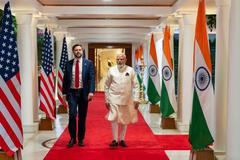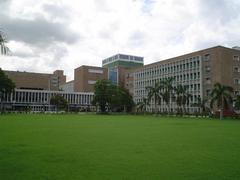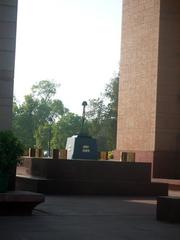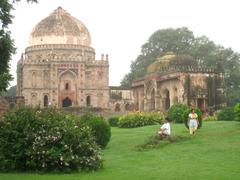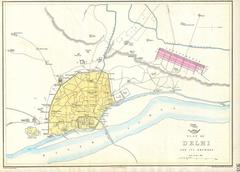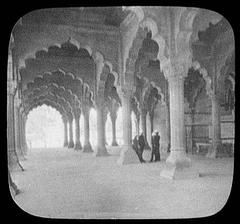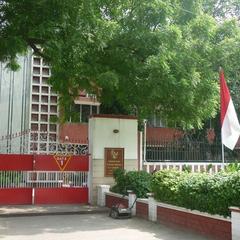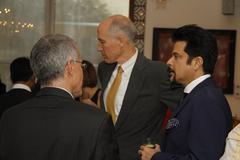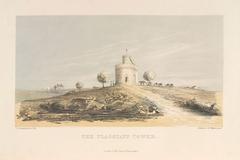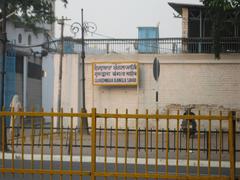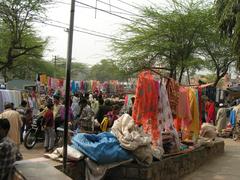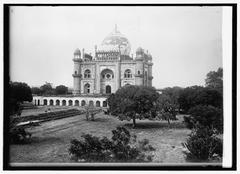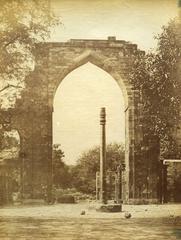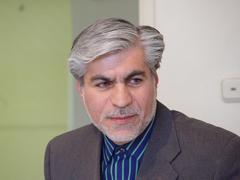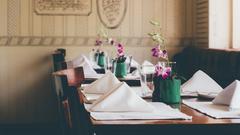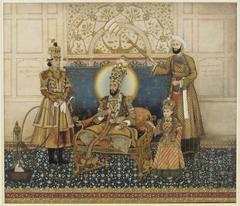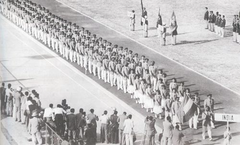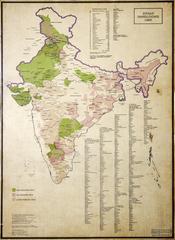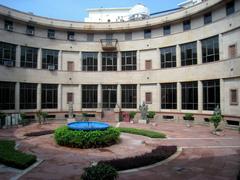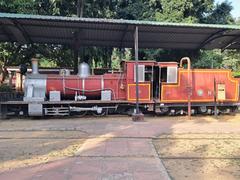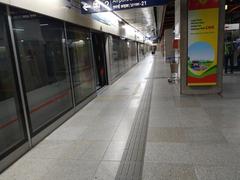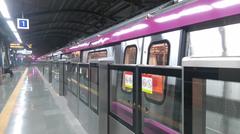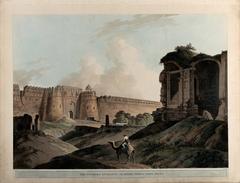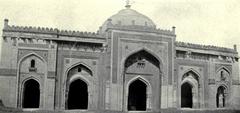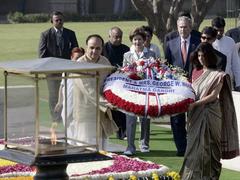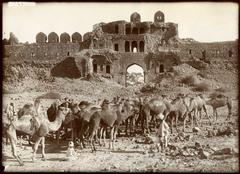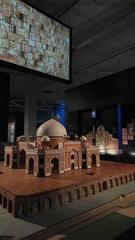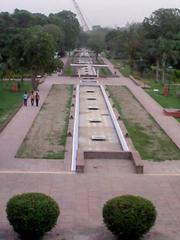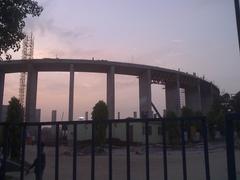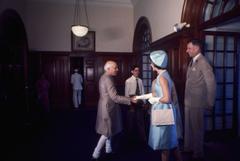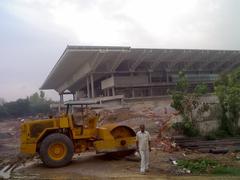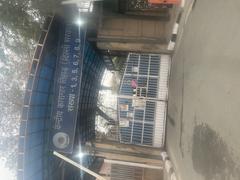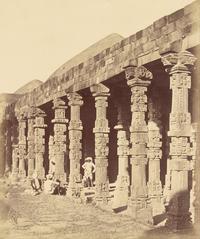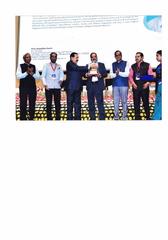Comprehensive Guide to Visiting Qila Rai Pithora, New Delhi, India
Published Date: 23/07/2024
Introduction
Qila Rai Pithora, an enduring symbol of India’s historical and architectural heritage, is a must-visit site in New Delhi for history enthusiasts and tourists alike. Constructed in the 12th century by Prithviraj Chauhan, a prominent ruler of the Chauhan dynasty, the fort is an expansion of the older Lal Kot, originally built by the Tomar king Anangpal II in the 8th century (Delhi Tourism). The fort showcases the typical Rajput architectural style with its robust fortifications, massive gates, and intricate carvings. Its historical significance is highlighted by its pivotal role in the battles between Prithviraj Chauhan and Muhammad Ghori, particularly the Second Battle of Tarain in 1192, which marked the beginning of Muslim rule in Northern India (Britannica). Over the centuries, Qila Rai Pithora fell into disrepair but was rediscovered in the 20th century, leading to several restoration projects by the Archaeological Survey of India (ASI). Today, it stands as a testament to the rich and tumultuous history of Delhi, offering visitors a unique glimpse into the region’s past. This comprehensive guide covers everything you need to know about visiting Qila Rai Pithora, including its history, visiting hours, travel tips, and nearby attractions, ensuring a memorable experience exploring this historical gem.
Table of Contents
- Introduction
- History of Qila Rai Pithora
- Visitor Information
- Visitor Experience
- FAQ Section
- Conclusion
History of Qila Rai Pithora
Origins and Construction
Qila Rai Pithora, also known as Rai Pithora’s Fort, is a significant historical site located in New Delhi, India. The fort is named after Prithviraj Chauhan, a prominent ruler of the Chauhan dynasty in the 12th century. The fort was constructed around 1180 AD as an expansion of the older Lal Kot, originally built by the Tomar king Anangpal II in the 8th century. The expansion was undertaken to fortify the city against invasions and to accommodate the growing population (Delhi Tourism).
Architectural Significance
The architecture of Qila Rai Pithora reflects the typical Rajput style, characterized by robust fortifications, massive gates, and intricate carvings. The fort’s walls were constructed using rubble masonry, involving the use of irregularly shaped stones. The fort originally encompassed a vast area, with walls stretching over 6 kilometers, enclosing several palaces, temples, and residential areas. The main entrance, known as the Ghazni Gate, was particularly notable for its grandeur and strategic importance (Archaeological Survey of India).
Historical Events and Battles
Qila Rai Pithora played a crucial role in several historical events, most notably the battles between Prithviraj Chauhan and Muhammad Ghori. The First Battle of Tarain in 1191 saw Prithviraj Chauhan emerging victorious against Muhammad Ghori. However, in the Second Battle of Tarain in 1192, Muhammad Ghori defeated Prithviraj Chauhan, leading to the eventual capture of Qila Rai Pithora. This defeat marked the beginning of Muslim rule in Northern India, with the establishment of the Delhi Sultanate (Britannica).
Decline and Rediscovery
Following the establishment of the Delhi Sultanate, Qila Rai Pithora gradually lost its prominence as newer forts and cities were built by successive rulers. The fort fell into disrepair and was largely forgotten until the 20th century when archaeological excavations brought it back into the limelight. The Archaeological Survey of India undertook several restoration projects to preserve the remnants of the fort, which include portions of the walls, gates, and some structures within the fort complex (ASI).
Cultural and Historical Impact
Qila Rai Pithora holds immense cultural and historical significance as it represents the transition from Rajput to Muslim rule in Northern India. The fort is a testament to the architectural prowess of the Chauhan dynasty and serves as a reminder of the region’s rich and tumultuous history. It is also an important site for understanding the early urban development of Delhi, which later evolved into one of the most significant cities in India (Delhi Tourism).
Preservation Efforts
In recent years, there has been a concerted effort to preserve and promote Qila Rai Pithora as a heritage site. The Delhi government, in collaboration with various cultural and historical organizations, has initiated several projects aimed at restoring the fort’s structures and enhancing its accessibility to the public. These efforts include the installation of informative plaques, guided tours, and the development of surrounding areas to facilitate tourism (Delhi Government).
Visitor Information
Visiting Hours and Tickets
Qila Rai Pithora is open daily from 9 AM to 5 PM. Tickets cost INR 20 for Indian citizens and INR 200 for foreign tourists. It’s advisable to check the official Delhi Tourism website for any updates on visiting hours and ticket prices.
Travel Tips
- Wear comfortable shoes as you will be walking a lot.
- Carry water and snacks, especially during the summer months.
- Use a guide or join a heritage walk to gain deeper insights into the fort’s history.
Nearby Attractions
While visiting Qila Rai Pithora, you can also explore nearby historical sites such as the Qutub Minar and the Hauz Khas Complex. Both sites offer additional layers of Delhi’s rich history and are easily accessible from Qila Rai Pithora.
Visitor Experience
Today, Qila Rai Pithora is a popular destination for history enthusiasts and tourists alike. Visitors can explore the remnants of the fort, including the imposing walls and gates, and gain insights into the region’s historical narrative through various exhibits and informational displays. The fort’s location in South Delhi makes it easily accessible, and it is often included in heritage walks and tours that cover other historical sites in the area (Delhi Tourism).
FAQ Section
What are the visiting hours for Qila Rai Pithora?
Qila Rai Pithora is open daily from 9 AM to 5 PM.
How much are tickets to Qila Rai Pithora?
Tickets cost INR 20 for Indian citizens and INR 200 for foreign tourists.
Is Qila Rai Pithora accessible?
Yes, the site is accessible, but it’s advisable to wear comfortable shoes and carry water and snacks.
Are there guided tours available?
Yes, guided tours and heritage walks are available and are recommended for a comprehensive understanding of the site’s history.
Conclusion
Qila Rai Pithora is more than just an ancient fort; it is a monumental testament to India’s rich historical and cultural heritage. From its construction in the 12th century by Prithviraj Chauhan to its pivotal role in the battles that shaped Northern India’s history, the fort encapsulates a significant era of the region’s past. The architectural remnants, including the robust walls and grand gates, offer a fascinating insight into the engineering prowess of the Chauhan dynasty. The ongoing preservation efforts by the Archaeological Survey of India ensure that this heritage site continues to educate and inspire future generations (ASI). Visiting Qila Rai Pithora provides a unique opportunity to explore Delhi’s rich history and cultural evolution. Whether you are a history enthusiast, a casual tourist, or a student, the fort’s historical narrative, architectural marvels, and cultural significance make it a must-visit destination. Don’t miss the chance to delve into the legacy of Qila Rai Pithora on your next visit to New Delhi (Delhi Tourism).
References
- Delhi Tourism, n.d., https://www.delhitourism.gov.in/delhitourism/tourist_place/qila_rai_pithora.jsp
- Britannica, n.d., https://www.britannica.com/event/Battles-of-Tarain
- Archaeological Survey of India, n.d., https://asi.nic.in
